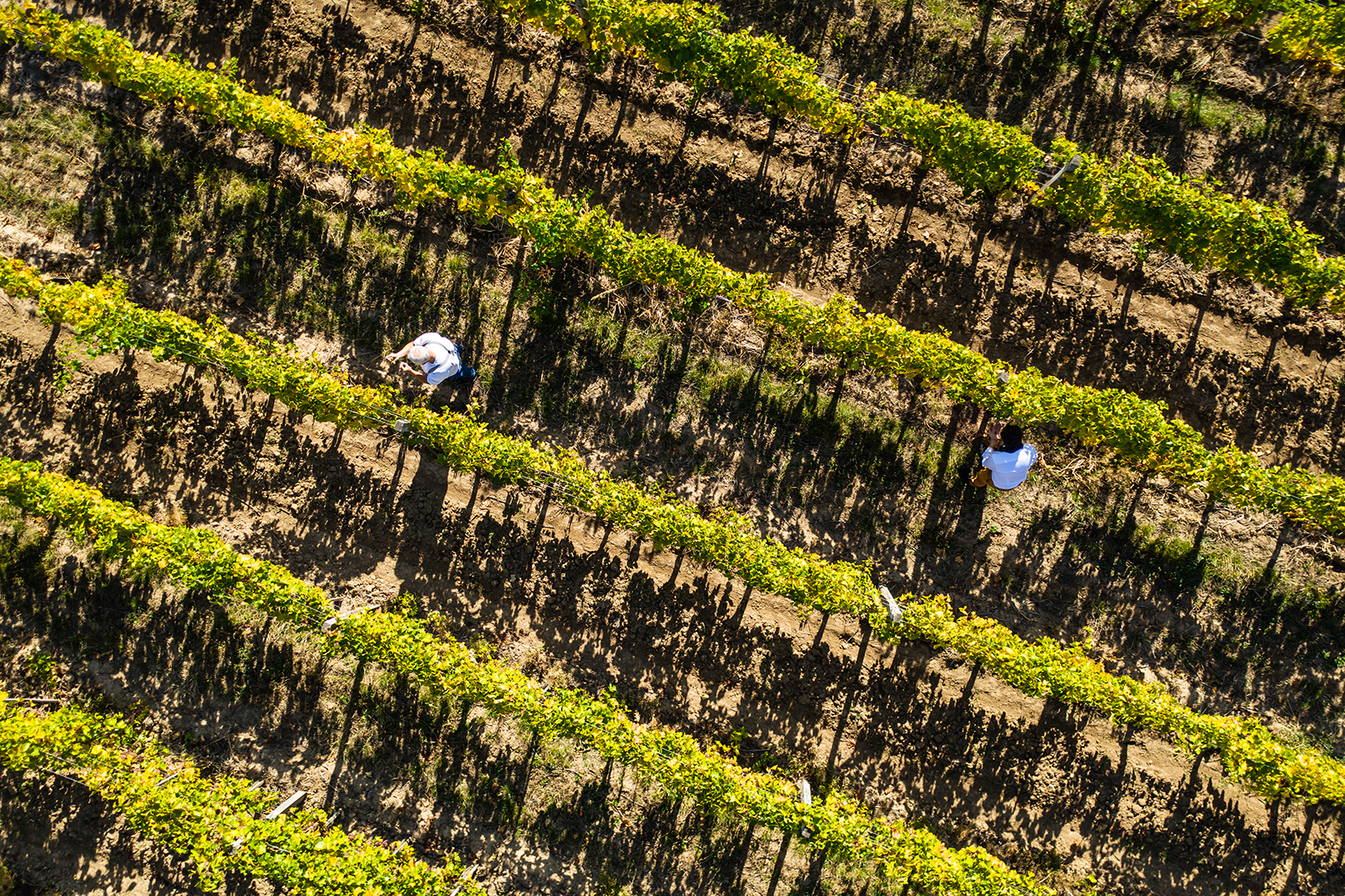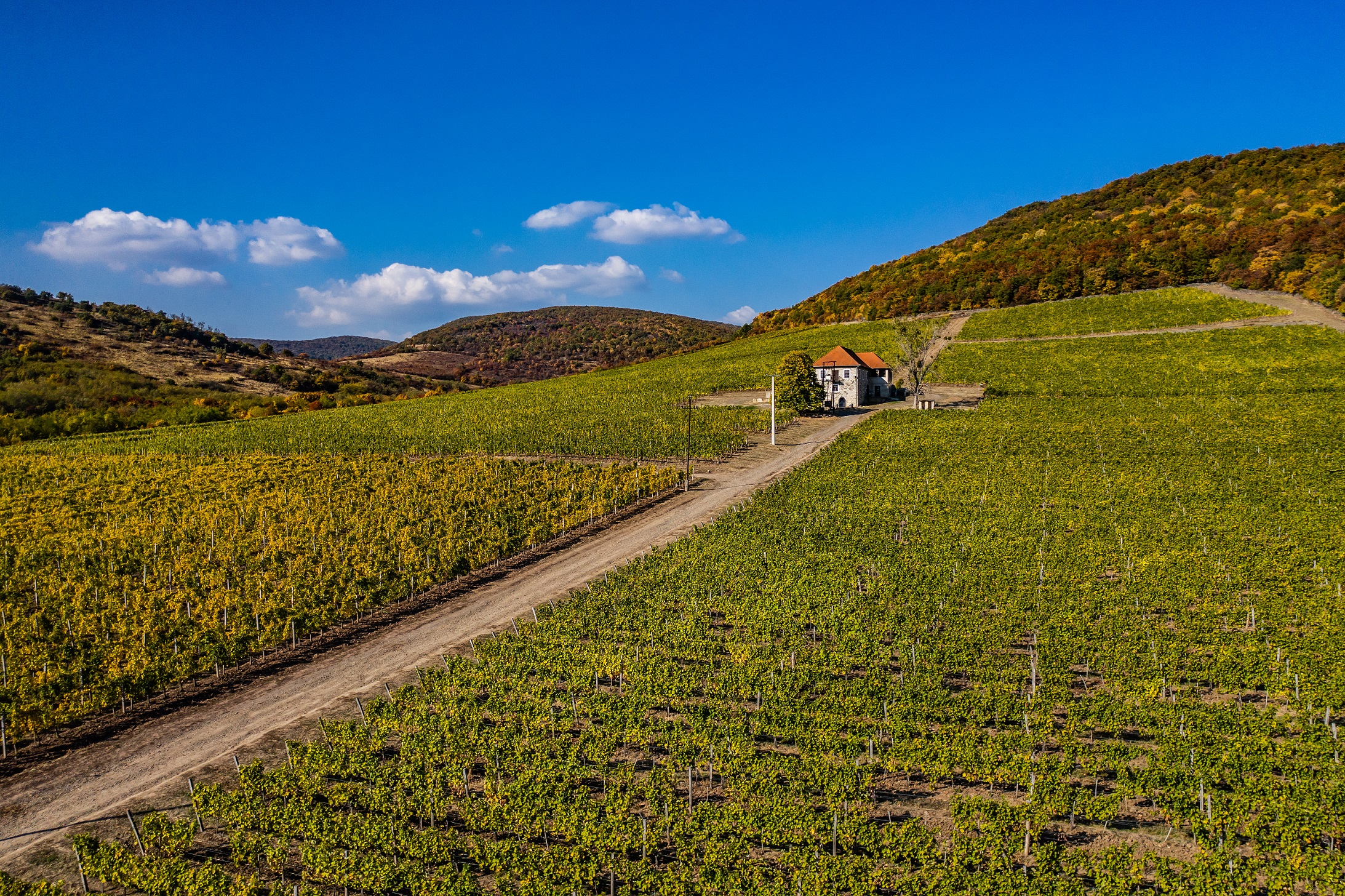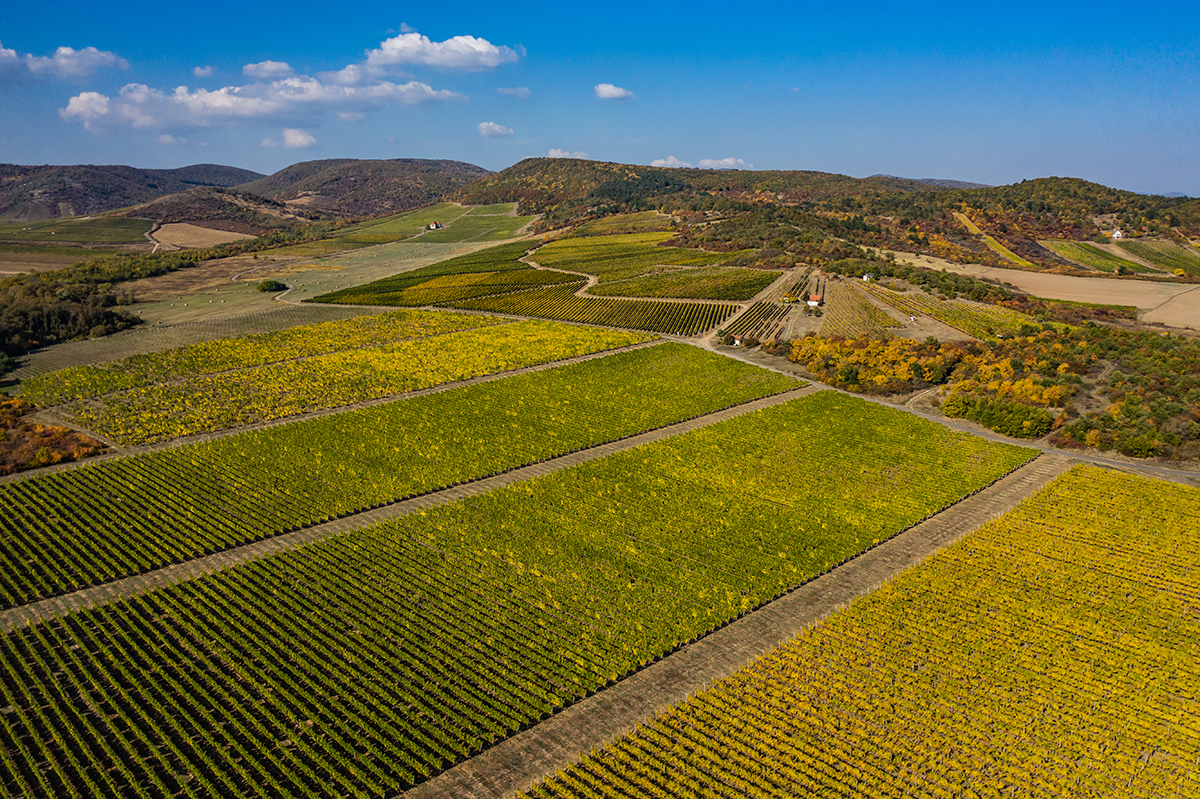Pajzos Vineyard
History
Documents prove that vines were being tended on the hill then called Hosszúhágó or Hosszúvölgye (“hosszú” means long) from the 13th century onwards. The land had many owners over the centuries, primarily monastic orders and heralded nobility. In the 19th century most of the vineyards passed to Jewish families, and Pajzos-dűlő was no exception. The memorial tablet to Sámuel Goldstein at the entrance to Pajzos cellar shows a former Pajzos owner. It reads:
“1892: The vines were killed by phylloxera
1895: I am rebuilding these vineyards and the cellar together.”
(Goldstein Sámuel)
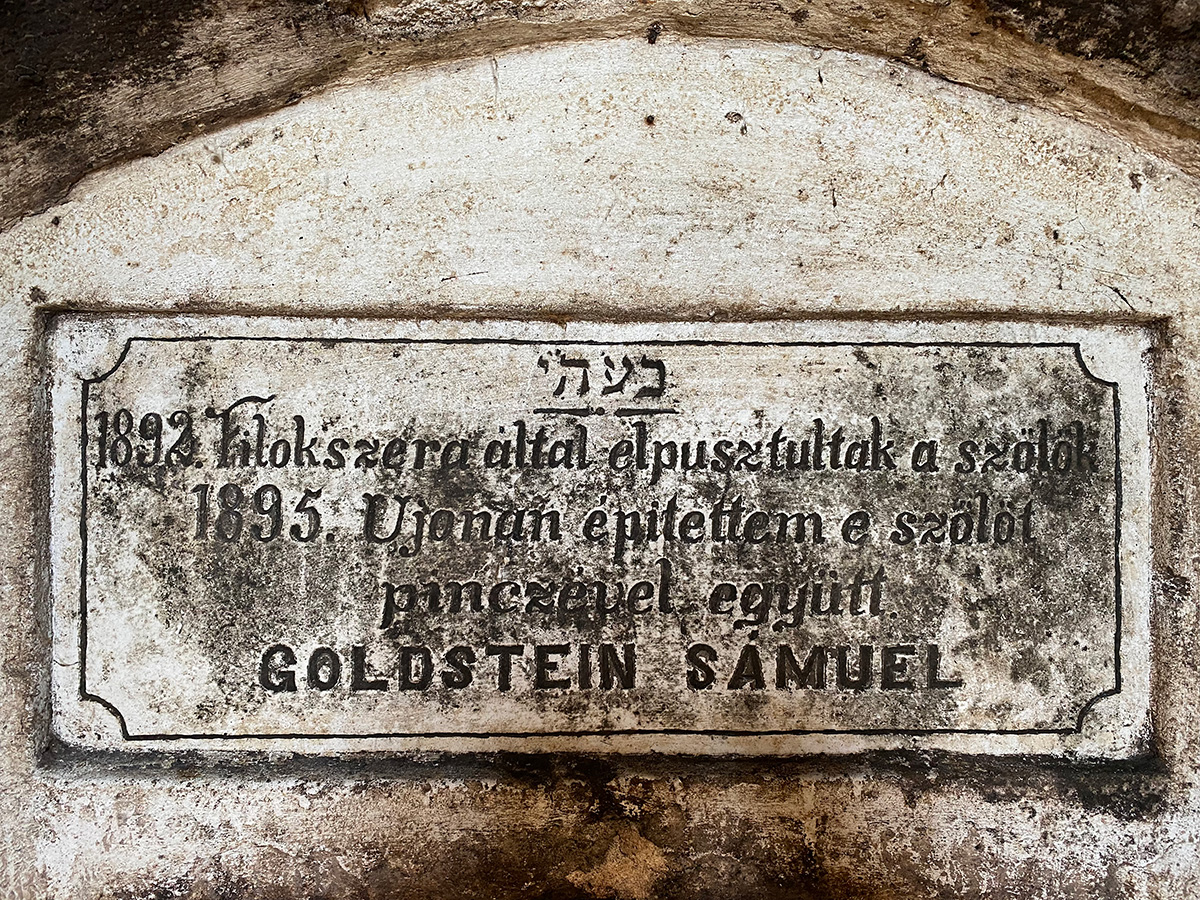
WWII and the political changes that followed radically changed the estate structure of Pajzos that had developed at the end of the 18th century. The land was nationalised in the period 1945-1949, and the grapes grown here were processed by the state winery Tokaj-hegyaljai Állami Gazdasági Borkombinát. It was state owned for around 50 years before privatisation in 1992.
Origin of the name
The name of the vineyard hill that had become known as Hosszúvölgy or Hosszúhágó by 1528 today refers to the type of ownership. The estate owners were high aristocrats with a coat of arms (once referred to as the pajzs (shield)).
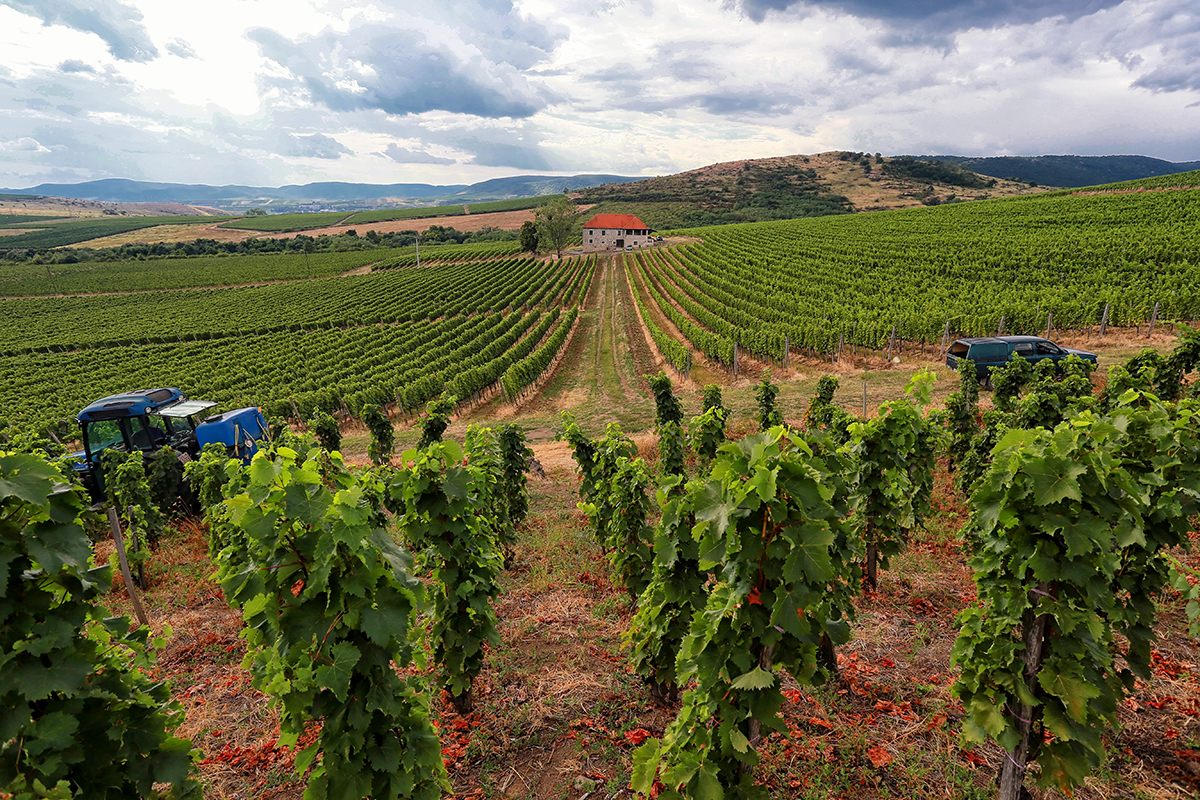
Aspect and soils
Set in the Zemplén Hills, this 107-ha sunny south-southwest-facing vineyard lies an average of 200 m above SL. The bedrock is andesite tuff caused by volcanic activity; the soils have a thin layer of nyirok clay streaks in brown forest soils. The soil has superb heat-retaining ability so grapes ripen and become aszú berries excellently here.
Climate
Typically the region is dry in August and early September, thus after total ripeness the grapes reach over-ripeness. This ensures the fruit’s high sugar content. The Zsadány stream (the border to the south) and an oak forest (to the north) give ideal conditions in autumn for the humidity necessary for the development of Botrytis cinerea, noble rot, needed for aszú berries to develop.
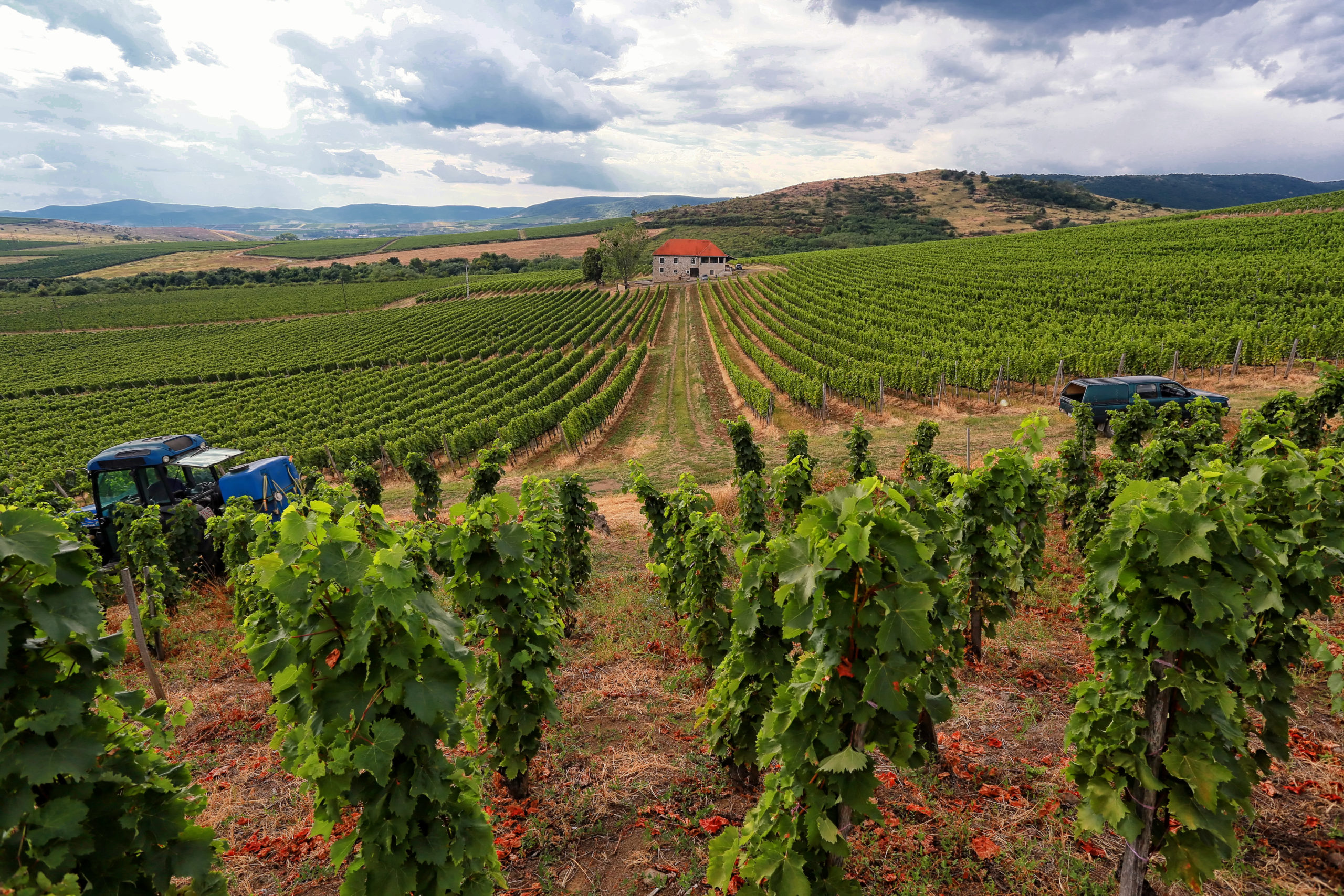
Aspect and soils
Set in the Zemplén Hills, this 107-ha sunny south-southwest-facing vineyard lies an average of 200 m above SL. The bedrock is andesite tuff caused by volcanic activity; the soils have a thin layer of nyirok clay streaks in brown forest soils. The soil has superb heat-retaining ability so grapes ripen and become aszú berries excellently here.
Climate
Typically the region is dry in August and early September, thus after total ripeness the grapes reach over-ripeness. This ensures the fruit’s high sugar content. The Zsadány stream (the border to the south) and an oak forest (to the north) give ideal conditions in autumn for the humidity necessary for the development of Botrytis cinerea, noble rot, needed for aszú berries to develop.
Viticulture
52 ha of the vineyard are planted. Around 88 % is planted with the most popular grape varieties in the Tokaj Wine Region: Furmint (19 ha), Hárslevelű (17 ha) and Yellow Muscat (12 ha). These grape varieties are late ripeners with high yields and they tend to become aszú berries. Their must has high sugar content, and their wines are particularly suited to barrel aging.
The remaining 12 % is made up of experimental and rare varieties such as Zéta and Kövérszőlő. Good sugar accumulation and easy aszú development characterise these varieties. We very rarely make varietal wines but an exception is our 2014 Szamorodni which is 100 % Zéta.
Wines that come from here…
… are fresh and flavourful with beautiful acid structure and rich fruity aromas. White-flesh fruits, peach and tropical fruits can be discovered in the nose and palate.
Dry and sweet wines, reductive and barrel wines are made from this vineyard. The terroir is particularly suited to sweet wines, but our T-Furmint dry estate wine is also from grapes grown here.
Wines from here are deservedly legendary. They retain their rich fruity aromas for decades, losing nothing of their freshness-giving acid backbone.
Land
107 ha
Production area
52 ha
Number of vines
5110 vines/ha
Vine stock's load
1-1.2 kg/vine
Cultivation method
Medium high
(90cm)
cordon
Cultivated grape varieties
Furmint, Hárslevelű Sárgamuskotály, Zéta, Kövérszőlő
